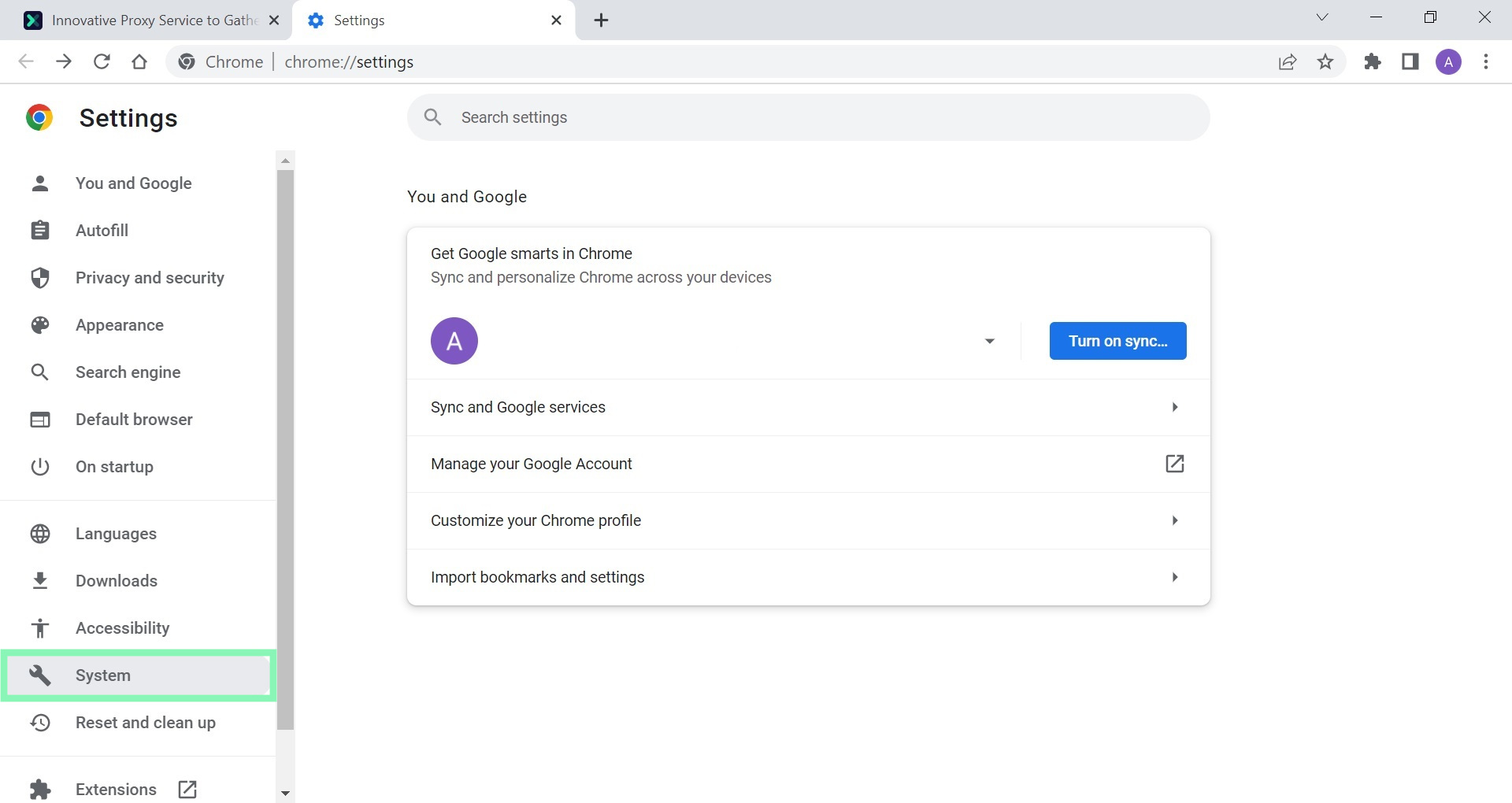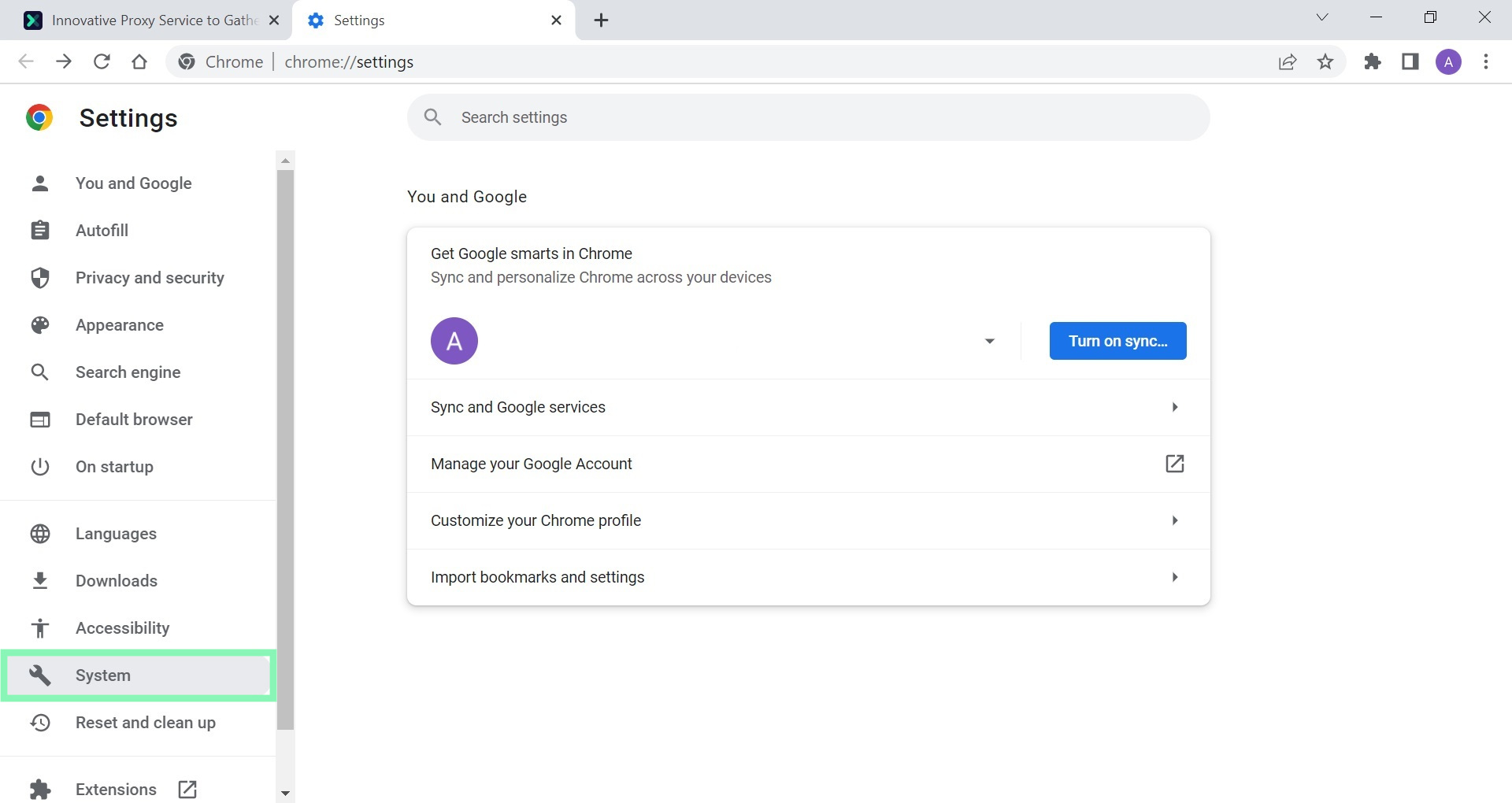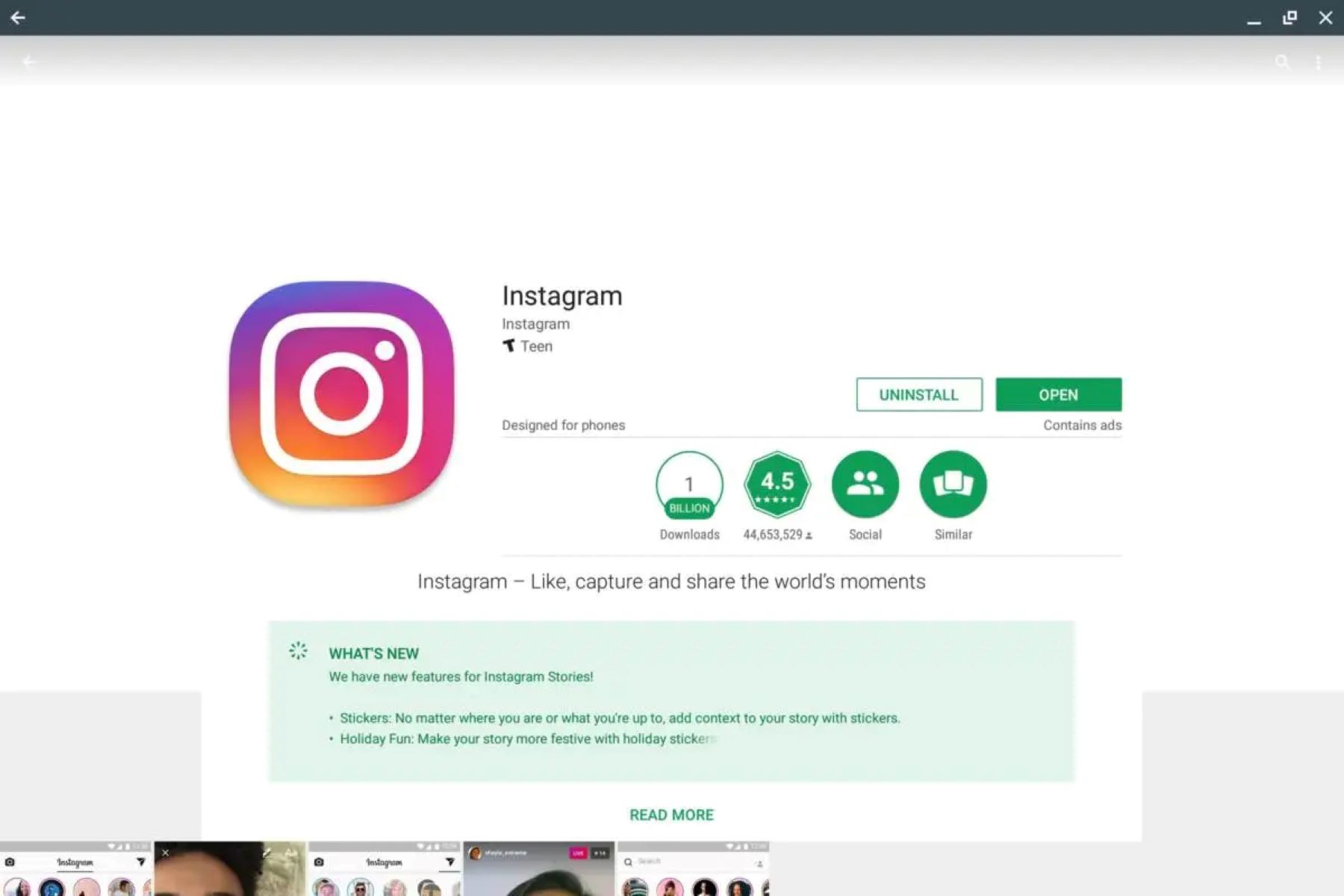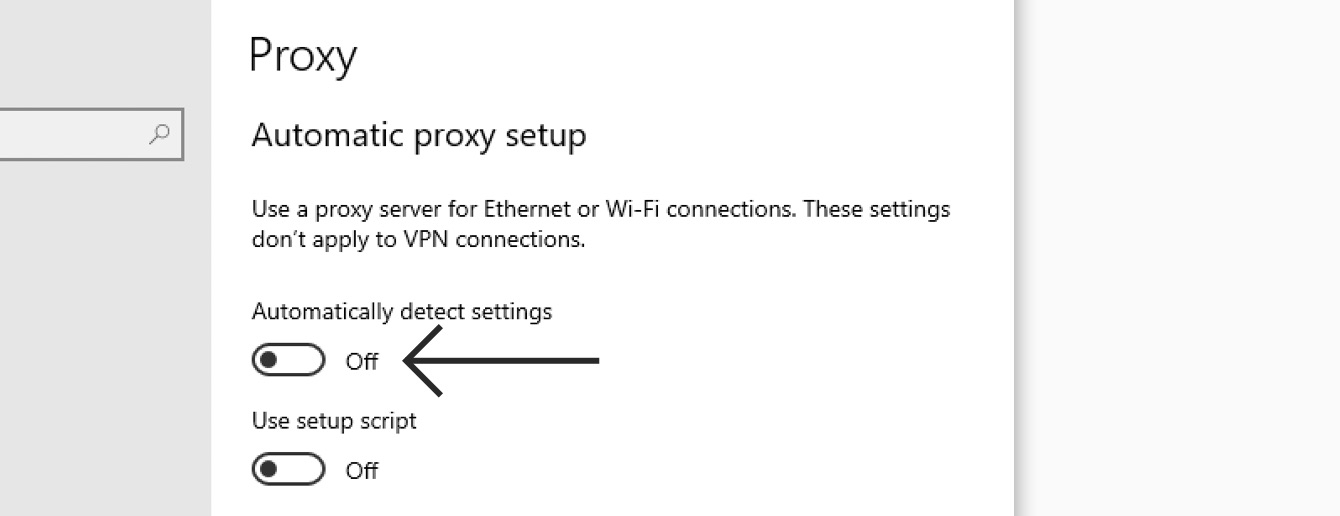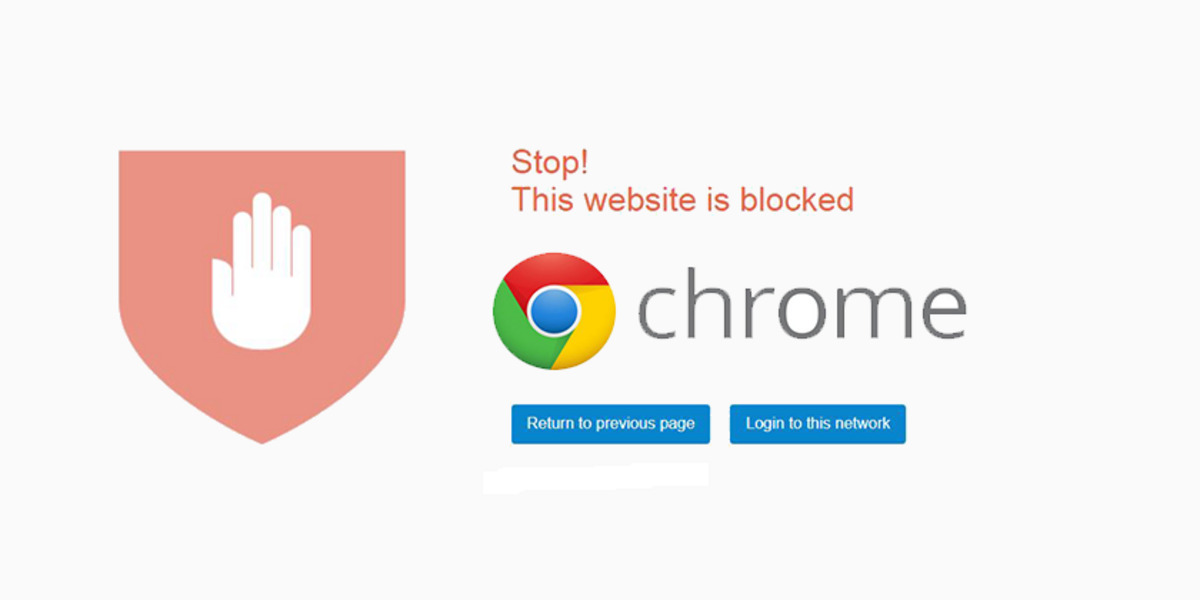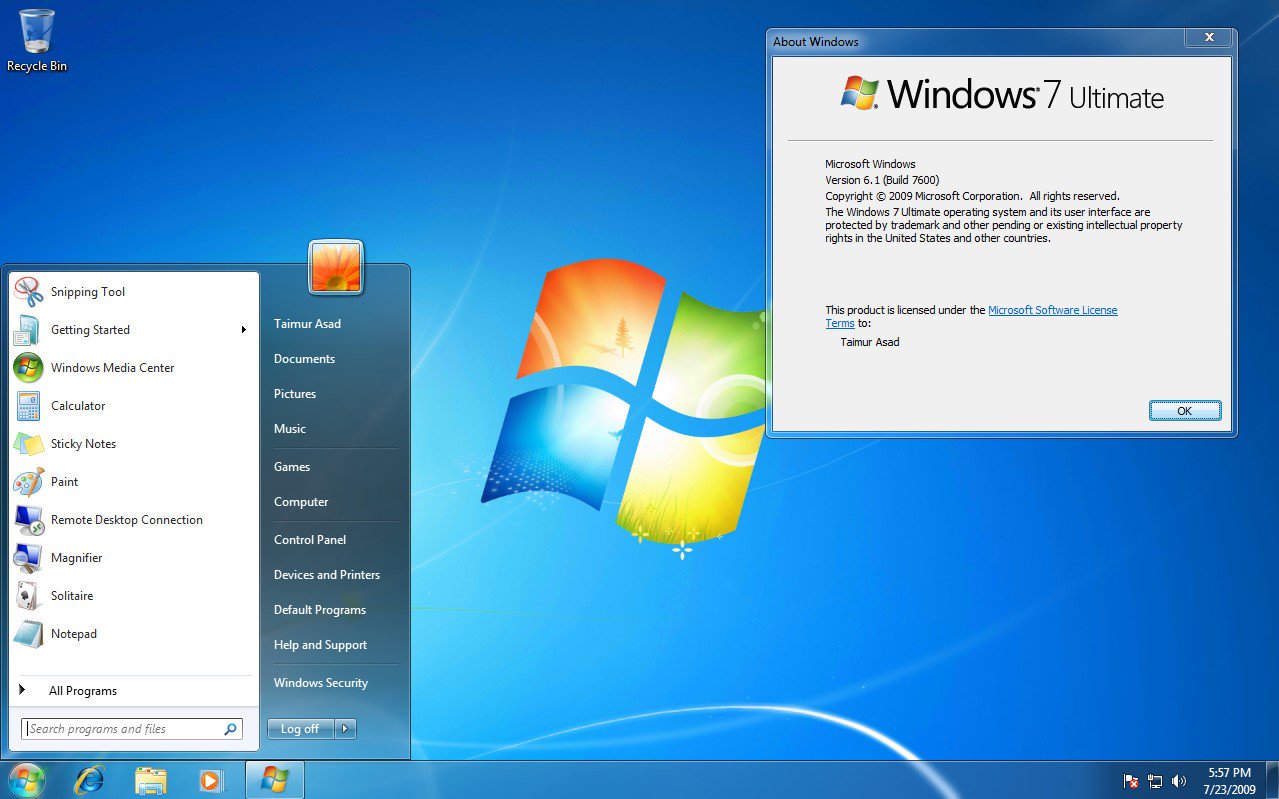Introduction
When it comes to browsing the web, Google Chrome stands out as one of the most popular and user-friendly web browsers. Its sleek interface, robust features, and seamless integration with various platforms make it a top choice for millions of users worldwide. However, there are instances when users may need to configure proxy settings within Chrome to access restricted content, enhance privacy, or troubleshoot connectivity issues.
Understanding how to access and configure proxy settings in Chrome is essential for users who require specific network configurations. Whether you're a tech-savvy individual or a casual user, having a grasp of these settings can significantly enhance your browsing experience. In this article, we will delve into the intricacies of accessing, configuring, and troubleshooting proxy settings in Chrome, providing you with the knowledge and tools to navigate the digital realm with ease.
From understanding the fundamentals of proxy servers to exploring the various options available within Chrome's settings, this guide aims to demystify the process and empower you to take control of your browsing environment. Whether you're looking to bypass regional restrictions, safeguard your privacy, or optimize network performance, knowing how to manipulate proxy settings in Chrome can be a game-changer.
So, join us on this journey as we unravel the mysteries of proxy settings in Chrome, equipping you with the insights and techniques to navigate the digital landscape with confidence. Let's embark on this exploration of Chrome's proxy settings, unlocking the potential to customize your browsing experience and overcome barriers that may hinder your online activities.
Accessing Proxy Settings in Chrome
Accessing proxy settings in Chrome is a straightforward process that allows users to customize their browsing experience according to their specific network requirements. Whether you need to configure a proxy server for enhanced privacy, bypass regional restrictions, or troubleshoot connectivity issues, Chrome provides a user-friendly interface for accessing these settings.
To access the proxy settings in Chrome, start by opening the browser and navigating to the top-right corner of the window. Here, you will find the three-dot menu icon, also known as the "More" icon. Click on this icon to reveal a dropdown menu, and then select "Settings" from the list of options. Alternatively, you can directly type "chrome://settings/" in the address bar and press Enter to access the settings page.
Once you are in the Settings menu, scroll down to the bottom and click on the "Advanced" option to expand the settings further. Within the expanded settings, locate and click on the "Open your computer's proxy settings" link under the "System" section. This action will redirect you to the system settings where you can configure proxy settings for your network.
Upon clicking the "Open your computer's proxy settings" link, the system's network settings will open in a new window, allowing you to configure proxy settings according to your preferences. Here, you can specify the proxy server address, port, and authentication details if required by your network setup.
By following these simple steps, users can seamlessly access the proxy settings in Chrome, empowering them to tailor their browsing environment to suit their specific needs. Whether you are a casual user seeking to enhance privacy or a tech-savvy individual optimizing network configurations, Chrome's intuitive interface makes accessing proxy settings a hassle-free endeavor.
Understanding how to access these settings is the first step towards harnessing the full potential of proxy servers within the Chrome browser. With this knowledge at your disposal, you can embark on a journey to explore the myriad possibilities that proxy configurations offer, from circumventing geo-blocks to fortifying your online privacy.
In the next section, we will delve into the process of configuring proxy settings in Chrome, providing you with the insights and techniques to customize your browsing experience according to your unique requirements. Let's continue this exploration of Chrome's proxy settings, unlocking the potential to navigate the digital landscape with confidence and control.
Configuring Proxy Settings in Chrome
Configuring proxy settings in Chrome empowers users to tailor their browsing experience according to their specific network requirements. Whether you seek to enhance privacy, bypass regional restrictions, or optimize network performance, Chrome provides a user-friendly interface for configuring proxy settings, allowing you to harness the full potential of proxy servers within the browser.
Upon accessing the system's network settings in Chrome, users can proceed to configure proxy settings by specifying the proxy server address, port, and authentication details if required by their network setup. To initiate this process, navigate to the "System" section within the system's network settings window and locate the "Proxy settings" option. Clicking on this option will open a dedicated window where you can input the necessary details to configure the proxy server.
Within the proxy settings window, users have the flexibility to choose between automatic proxy configuration and manual proxy setup. For automatic configuration, users can specify the URL for the proxy auto-config (PAC) file, which contains instructions for the browser on how to configure the proxy settings. This method is particularly useful for networks that require dynamic proxy configurations based on specific conditions.
Alternatively, users can opt for manual proxy setup, where they can input the proxy server address and port directly. Additionally, if the proxy server requires authentication, users can provide the necessary credentials to authenticate and establish a secure connection. This manual configuration option offers greater control and customization, allowing users to fine-tune their proxy settings to align with their network environment.
Furthermore, Chrome provides an option to exclude specific domains from the proxy configuration, enabling users to define exceptions for certain websites or resources that should bypass the proxy server. This feature is valuable for scenarios where direct access to certain websites is preferred, bypassing the proxy for seamless connectivity to these specific domains.
By configuring proxy settings in Chrome, users can unlock a myriad of possibilities, from circumventing geo-blocks and accessing region-restricted content to fortifying their online privacy and optimizing network performance. The ability to customize proxy configurations according to specific network requirements empowers users to navigate the digital landscape with confidence and control, ensuring a tailored browsing experience that aligns with their individual needs.
In the subsequent section, we will delve into troubleshooting proxy settings in Chrome, equipping you with the knowledge and techniques to address common issues and optimize the functionality of proxy configurations within the browser. Let's continue this exploration, unraveling the intricacies of Chrome's proxy settings to empower you with the tools to overcome barriers and enhance your browsing experience.
Troubleshooting Proxy Settings in Chrome
Troubleshooting proxy settings in Chrome is essential for ensuring a seamless browsing experience and addressing connectivity issues that may arise due to misconfigured or malfunctioning proxy configurations. By understanding common issues and employing effective troubleshooting techniques, users can overcome barriers and optimize the functionality of proxy settings within the browser.
One of the primary challenges users may encounter is the inability to access certain websites or online services when proxy settings are enabled. This can be attributed to misconfigured proxy server addresses or port settings, leading to connectivity errors and restricted access. To address this issue, users should verify and double-check the accuracy of the proxy server address and port specified in the settings. Additionally, ensuring that the proxy server is operational and accessible is crucial for establishing a reliable connection.
Another common issue pertains to authentication errors when accessing the internet through a proxy server. In cases where the proxy server requires authentication, users must ensure that the correct credentials, including username and password, are entered in the proxy settings. Authentication failures can impede access to the internet and result in connectivity disruptions, highlighting the importance of accurately inputting authentication details to establish a secure connection.
Furthermore, users may encounter performance issues or network slowdowns when utilizing proxy configurations in Chrome. This can be attributed to various factors, including the geographical location of the proxy server, network congestion, or the type of proxy protocol being used. To troubleshoot performance-related issues, users can experiment with different proxy servers, assess network latency, and evaluate the impact of proxy configurations on browsing speed and responsiveness.
In addition to these common issues, users may experience difficulties with accessing specific websites or resources that are not functioning correctly when proxy settings are enabled. This can be addressed by reviewing the proxy configuration to ensure that exceptions for specific domains are properly defined. By excluding certain domains from the proxy settings, users can ensure seamless access to essential websites and resources, bypassing the proxy for direct connectivity when necessary.
By employing these troubleshooting techniques and addressing common issues associated with proxy settings in Chrome, users can optimize their browsing experience and overcome connectivity challenges. Understanding the intricacies of proxy configurations and being equipped with effective troubleshooting strategies empowers users to navigate the digital landscape with confidence, ensuring a seamless and reliable browsing experience tailored to their specific network requirements.









